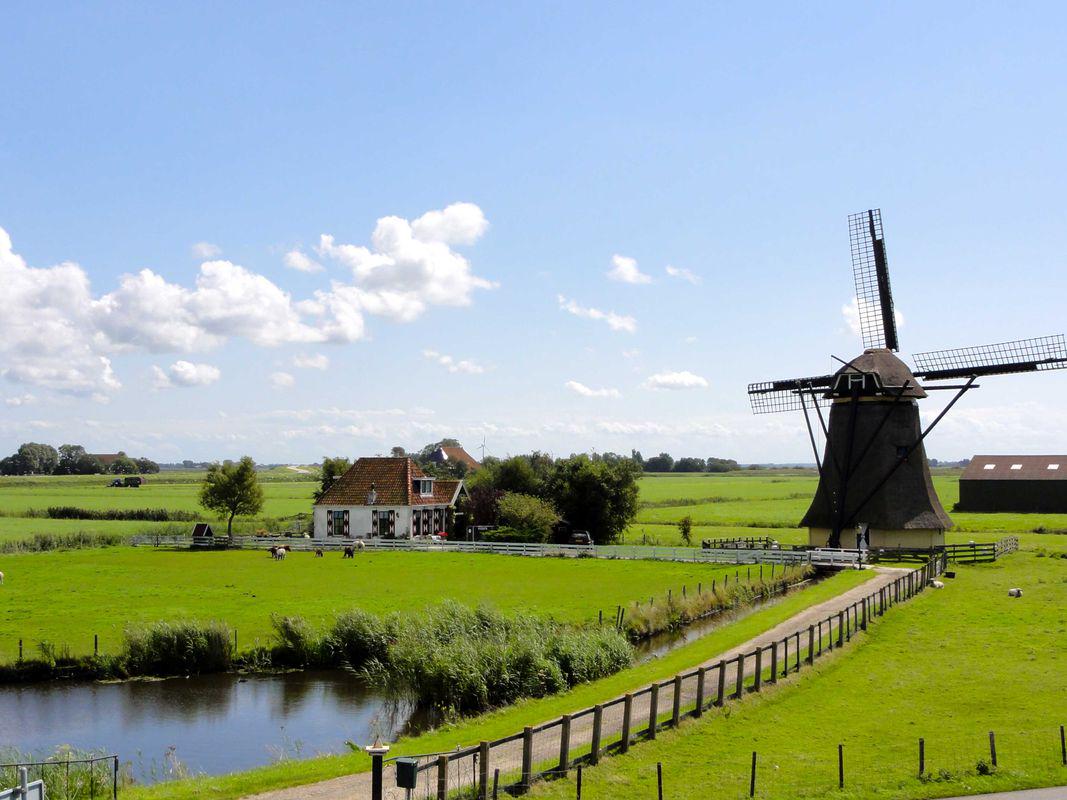
The Netherlands have become the second largest food exporter in the world. The Dutch have decreased water consumption in agriculture by 90 percent and almost completely halted the use of pesticides. To overcome the challenges in agriculture, they combine science and technology, says the World Economic Forum.
They use drones to monitor their potato and onion fields, which yield almost twice as much crops than that of the world average. Large areas of the country are covered with greenhouses, where they grow above the average harvest of fruit and vegetables. The Netherlands has thus become the biggest exporter of tomatoes, chilli peppers and cucumbers in the world.
This densely populated country is relatively small, no less than 270-times smaller than the world's biggest food exporter, the US. Dutch food growing methods have already been adopted by more than 140 countries, including China, India, Mexico, Brazil, Ghana and Ethiopia. Experts believe that this method could feed the world in the future, adds National Geographic.
The Netherlands has, aside from Portugal, the lowest percentage of young farmers under 35 in the EU, but a study by the European Commission revealed that young Dutch farmers are optimistic, although they can't rent farming land easily, the same as their counterparts in other EU countries. Their main activity is pasture cattle farming, followed by field crops. More than 75 percent of participants in the study have at least a college degree and don't use European grants so much for marketing, but more for developing their financial and managerial skills.






















































